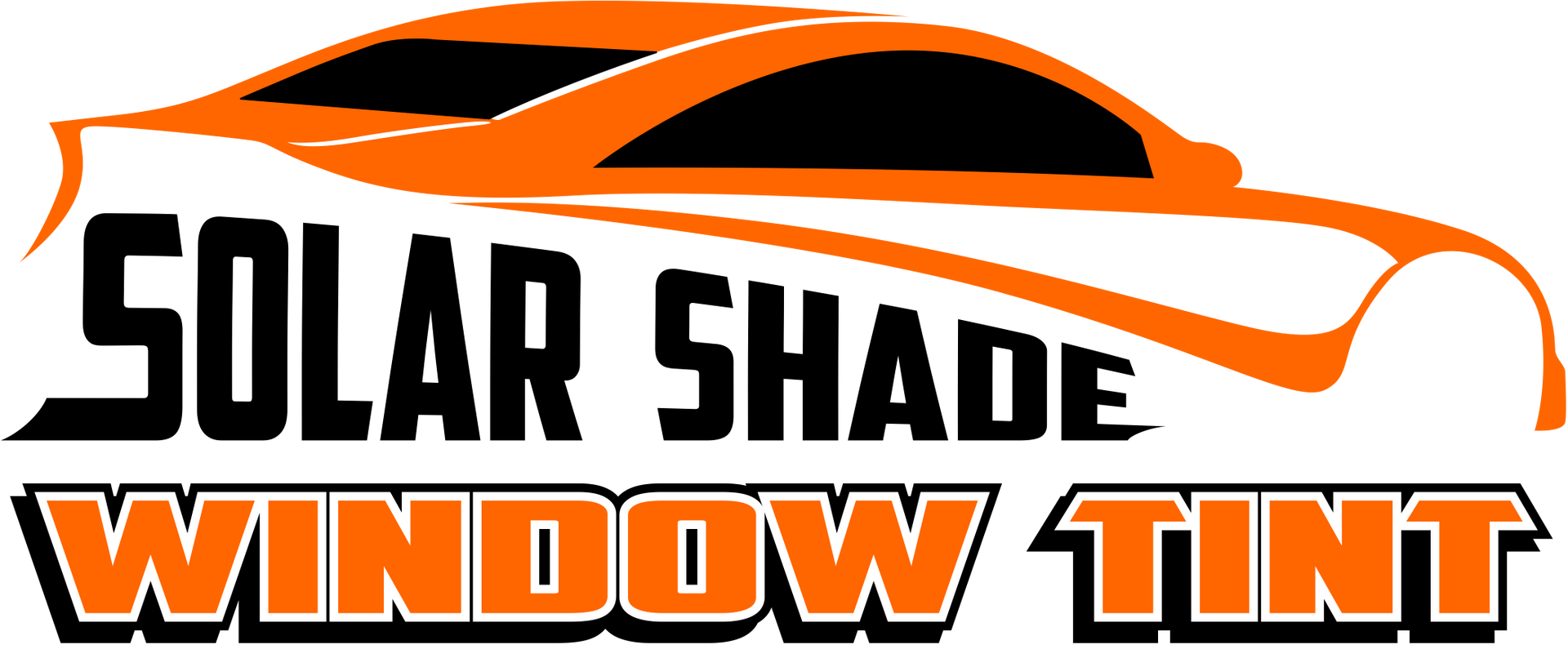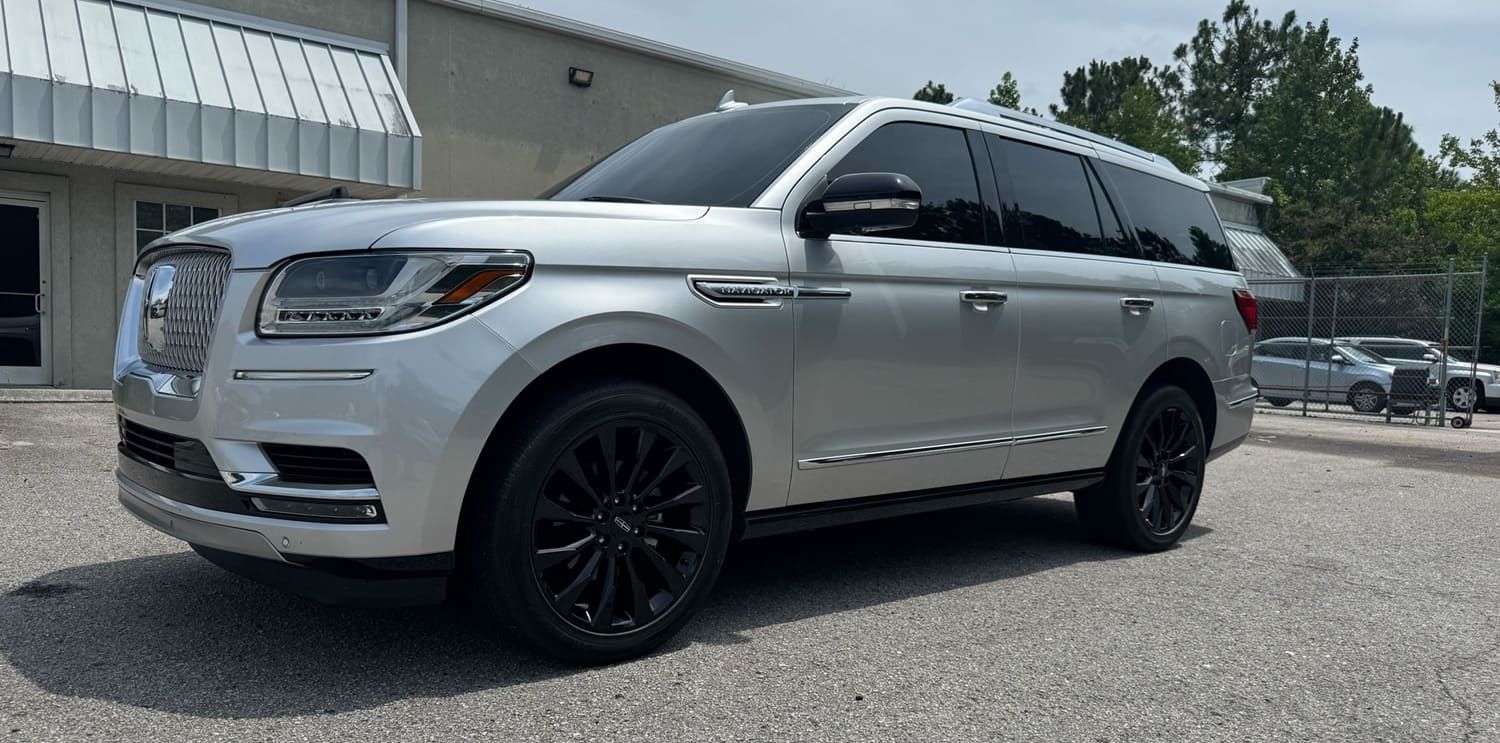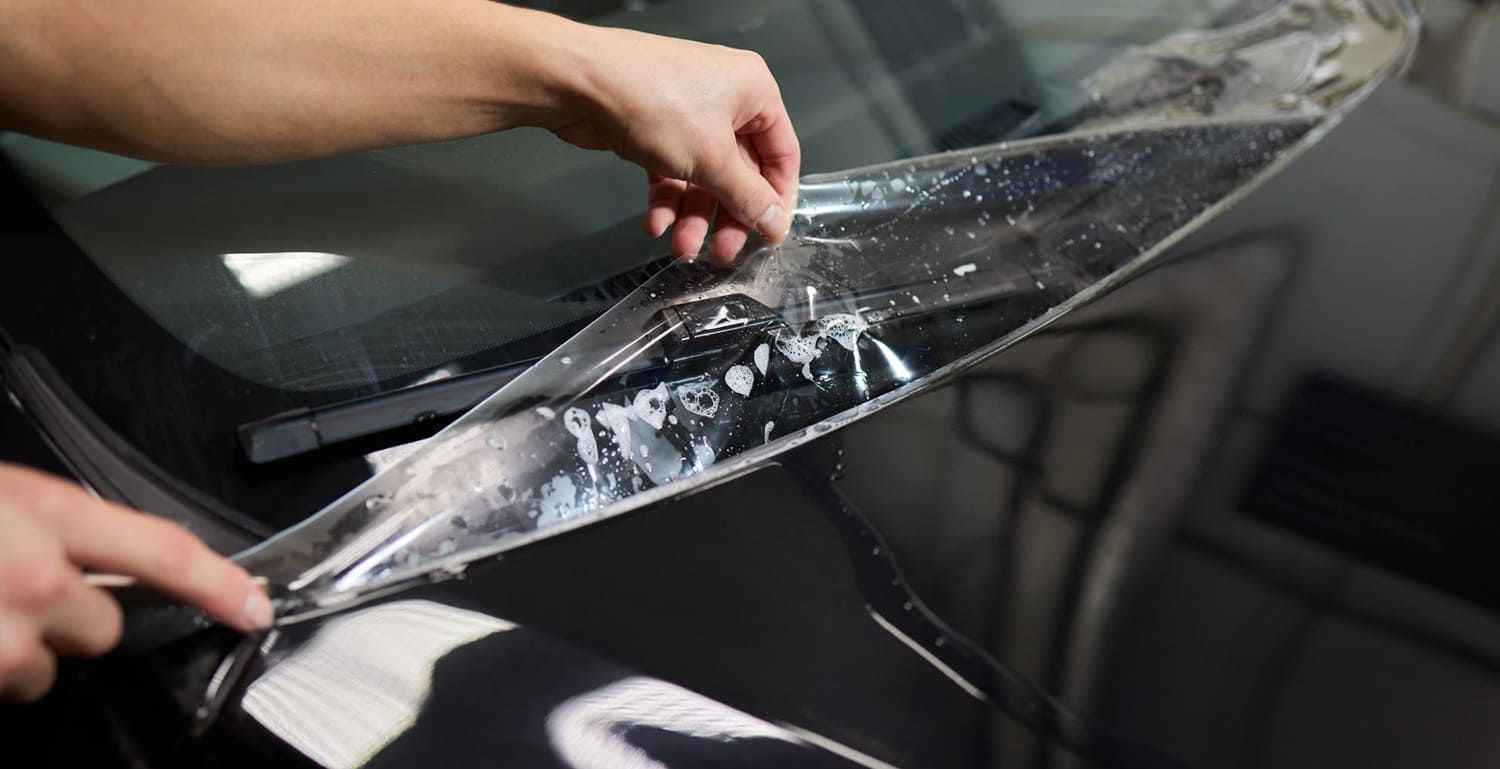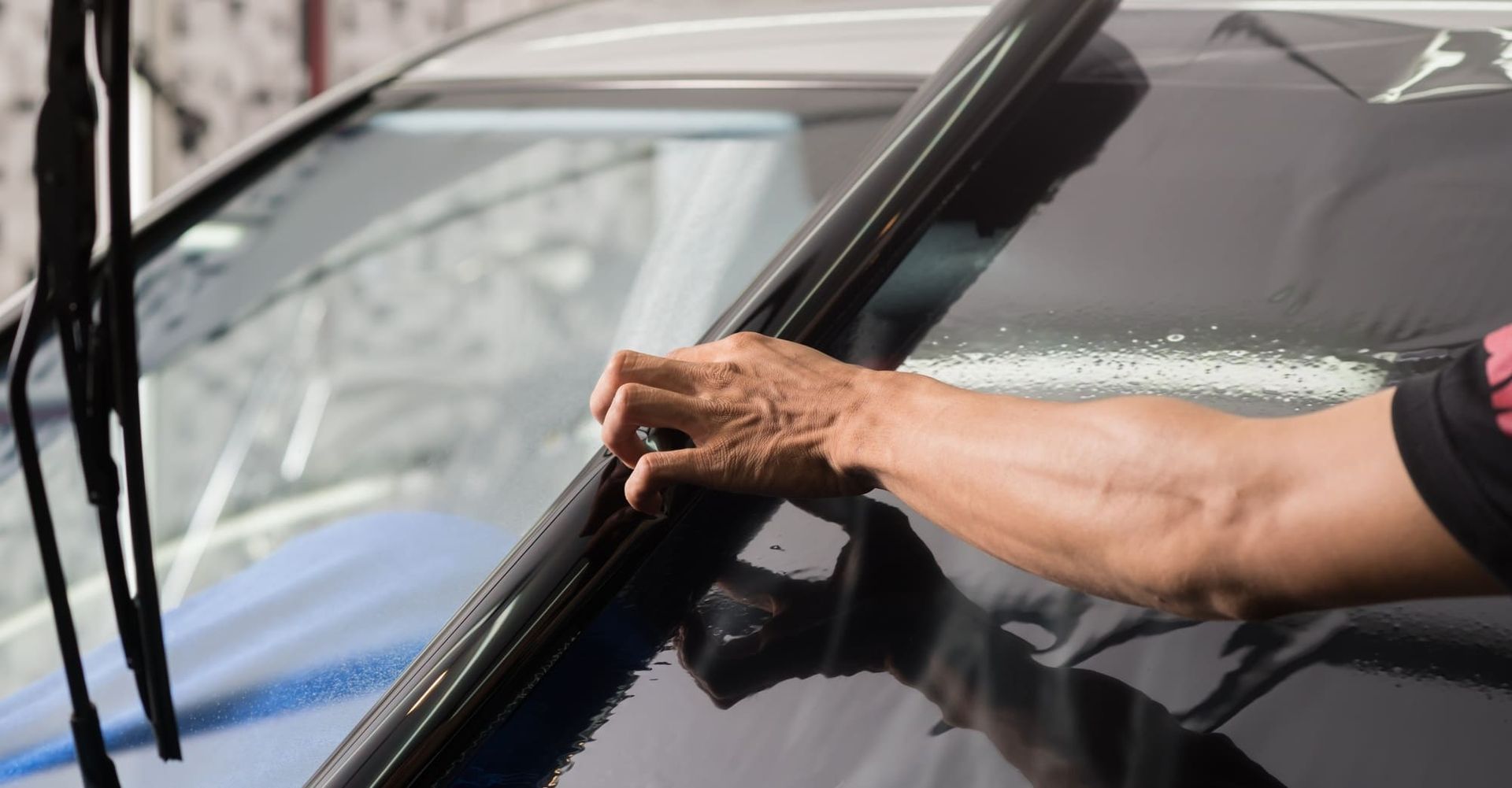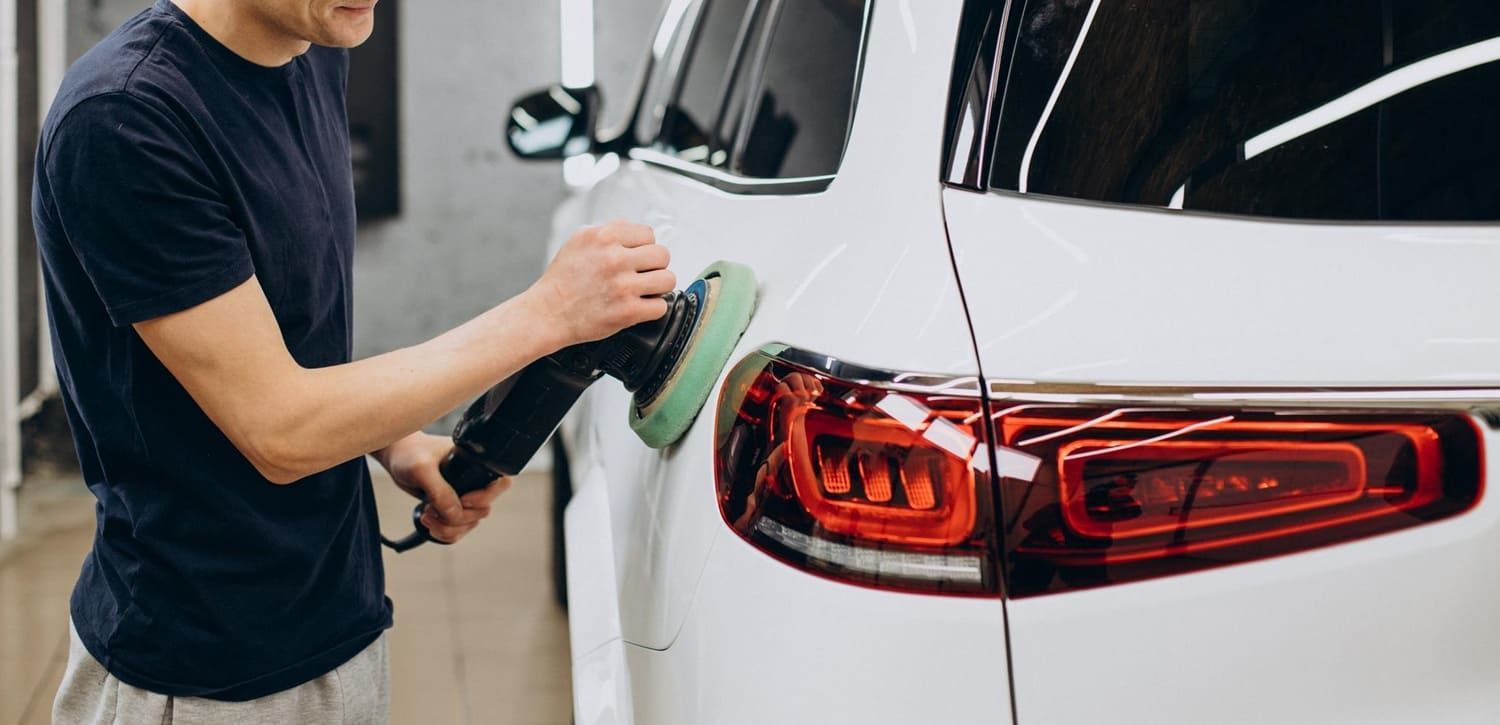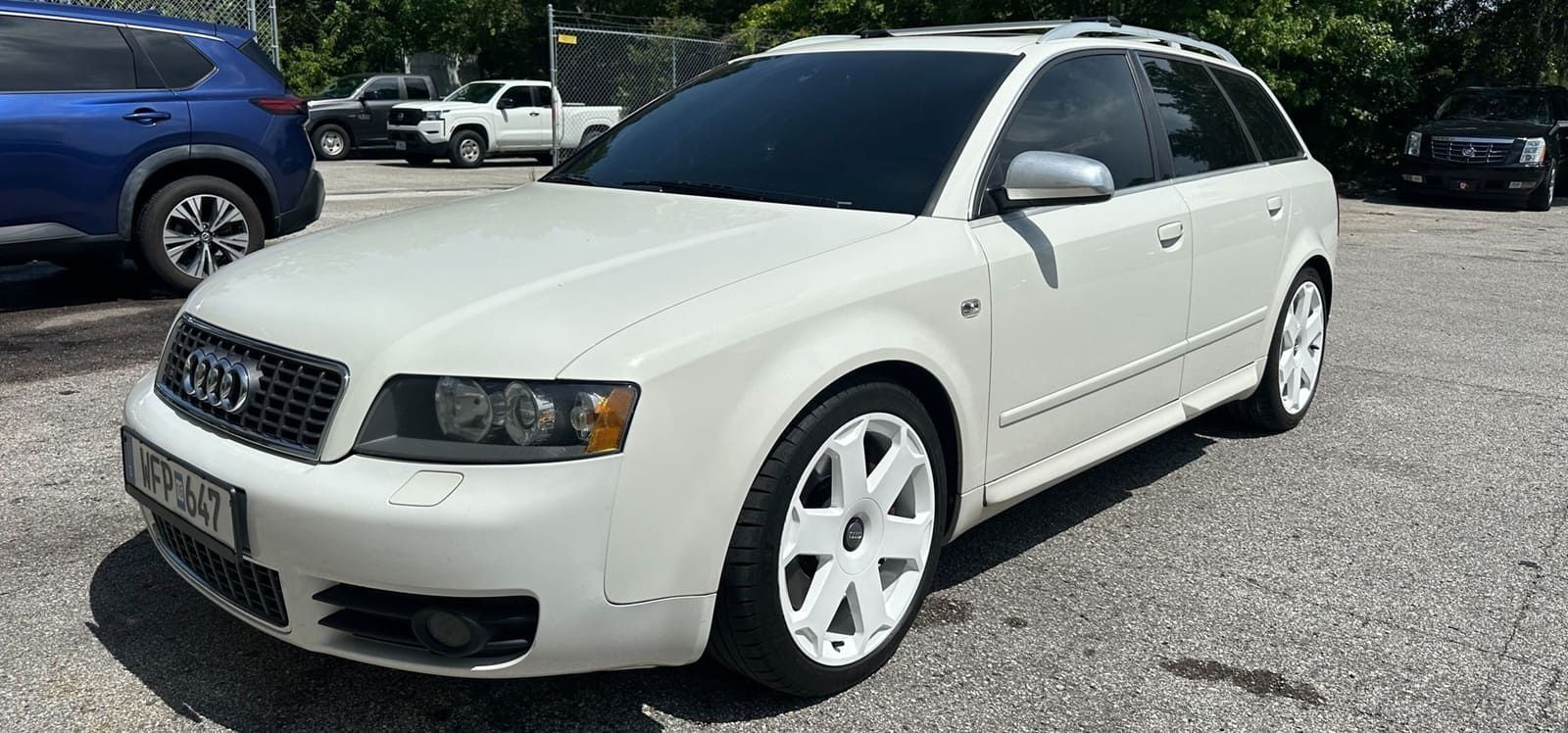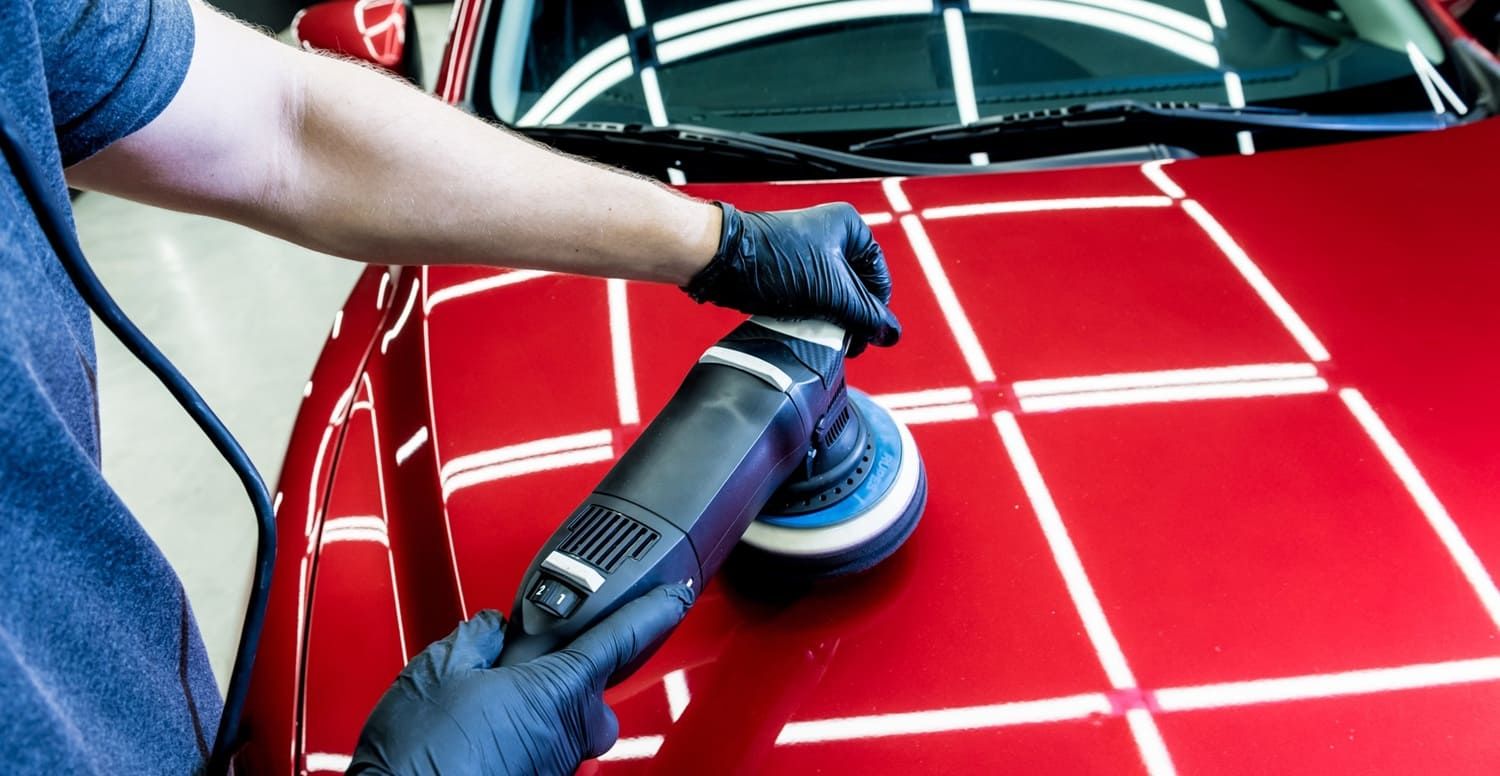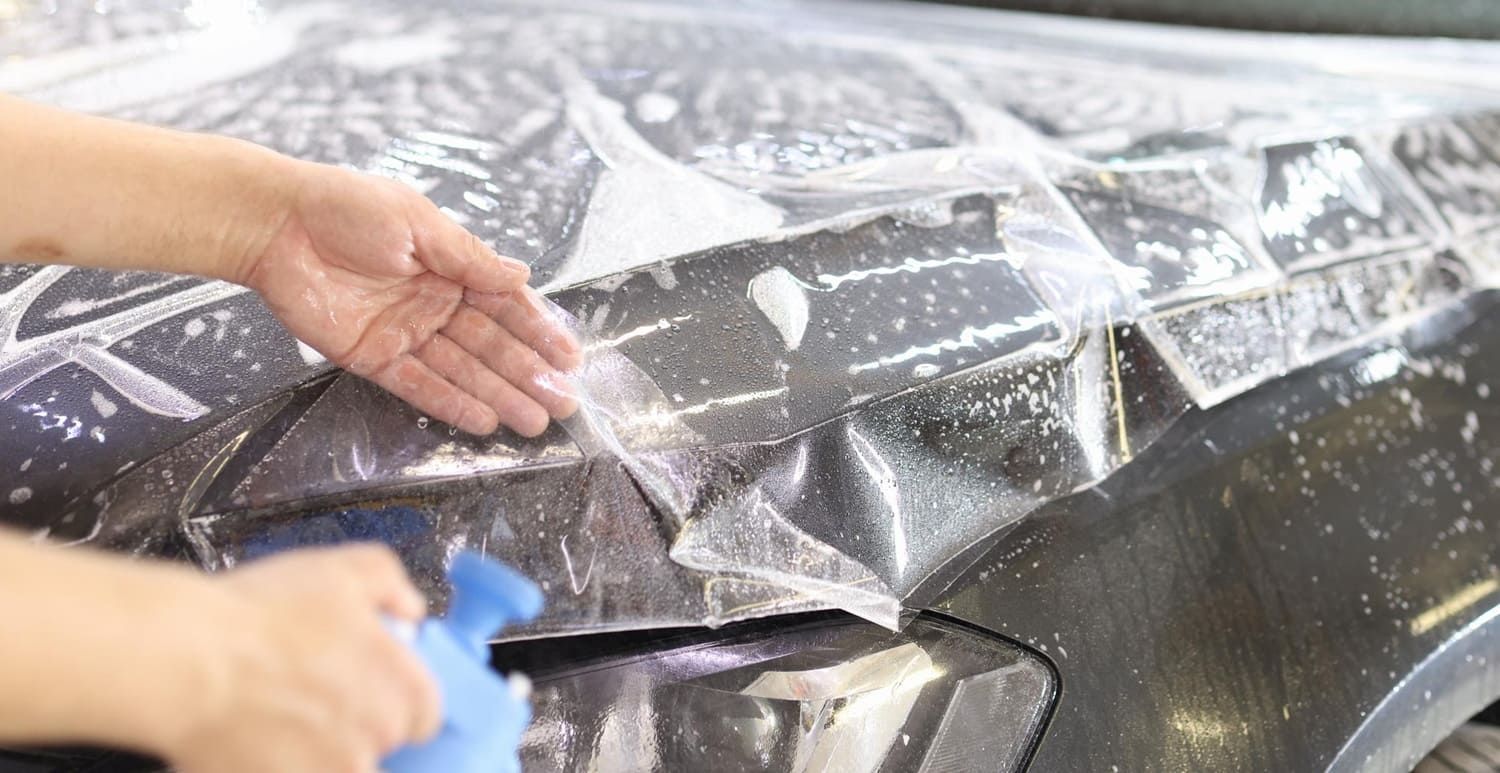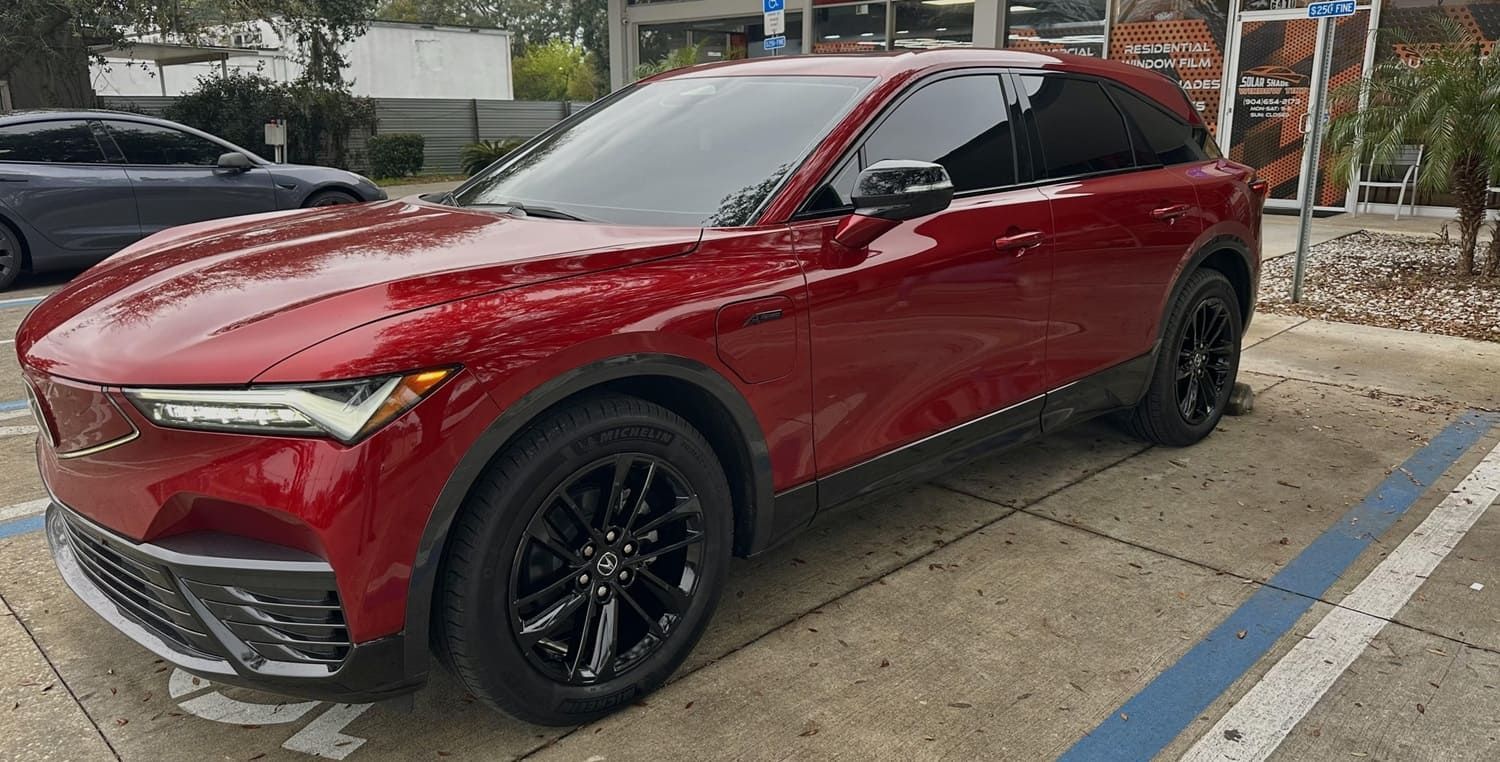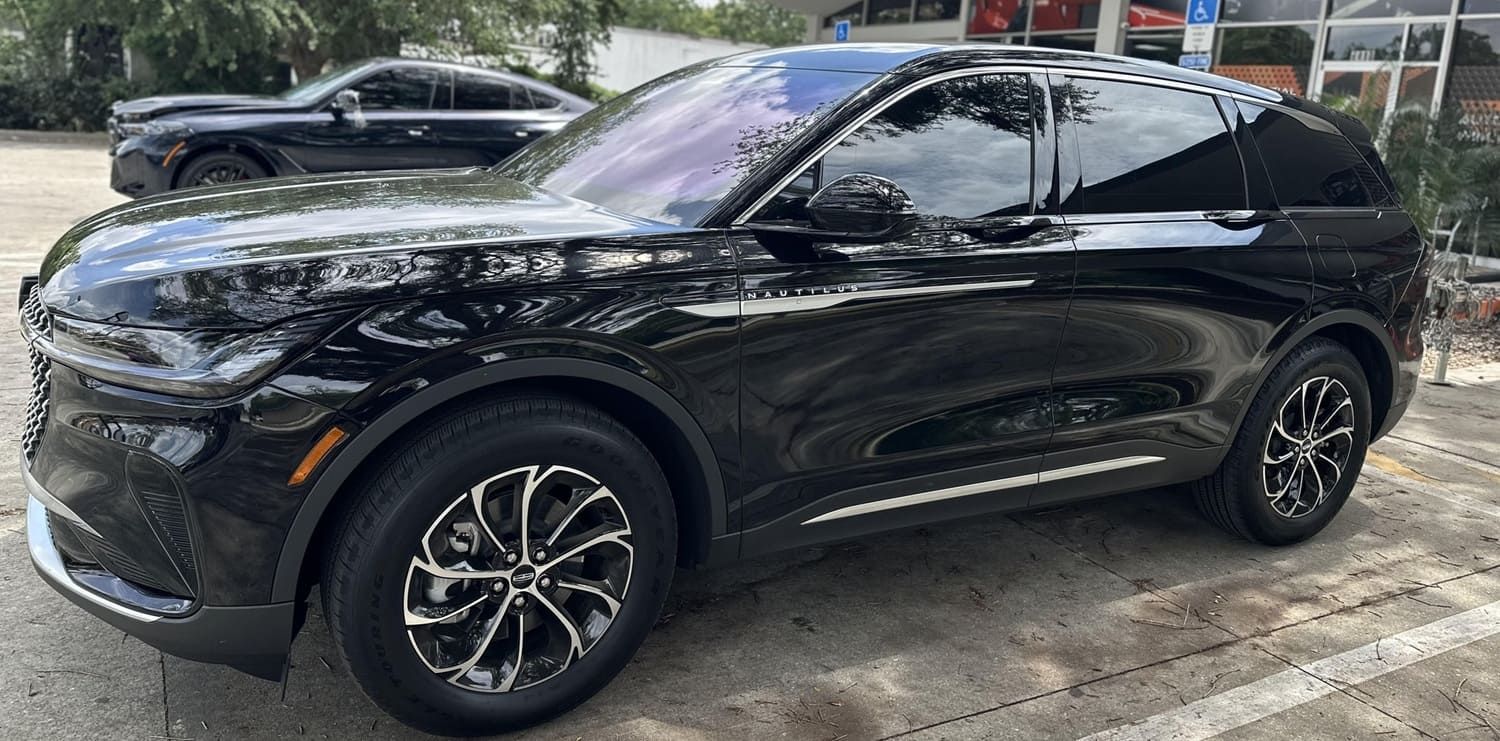Full vs. Partial PPF: What’s Best for Your Car?
Paint Protection Film, commonly known as PPF, is a transparent, durable film applied to the exterior of a vehicle. It's designed to protect the car's paint from damage caused by road debris, environmental contaminants, and minor abrasions. The film is usually made from a high-grade urethane material that is both lightweight and resilient, offering a near-invisible layer of protection.
PPF is popular among car enthusiasts and everyday drivers alike because of its ability to preserve the aesthetic value of a vehicle. Not only does it maintain the car's original paintwork, but it also adds a layer of gloss that enhances the vehicle's appearance. Moreover, PPF can help maintain the resale value of your car by keeping its exterior in pristine condition.

Full PPF: Comprehensive Coverage
What is Full PPF?
Full PPF covers the entire surface of your car, from the hood and bumpers to the doors and side mirrors. This means every inch of your vehicle's exterior is protected from potential damage. Unlike other protective measures, full PPF provides a uniform layer of protection across the entire vehicle, ensuring no area is left exposed to potential damage.
This comprehensive approach is particularly beneficial for new cars or vehicles with high value, as it offers peace of mind against a range of potential threats. Full PPF is the ultimate choice for those who want to ensure their vehicle remains in showroom condition, regardless of the driving conditions they encounter.
Advantages of Full PPF
- Maximum Protection: Full PPF provides the most comprehensive protection, ensuring that all parts of your vehicle are safe from scratches, chips, and environmental damage. This is especially important for those who frequently drive in areas with gravel roads or heavy traffic, where the risk of paint damage is higher.
- Uniform Appearance: Since the entire car is covered, there's no mismatch in gloss or texture, providing a seamless look. This uniformity in appearance is often preferred by car enthusiasts who value the aesthetic appeal of their vehicles.
- Ease of Maintenance: With full PPF, washing and maintaining your car becomes easier as the film repels dirt and grime. This means less frequent washes and a reduced need for waxing, saving you time and effort in car maintenance.
Disadvantages of Full PPF
- Higher Cost: Full coverage naturally requires more film and labor, resulting in a higher cost compared to partial PPF. The investment might be substantial upfront, but for those who prioritize long-term protection, it can be worth the expense.
- Time-Consuming Installation: Covering the entire car takes more time, which can be inconvenient if you need your car back quickly. However, the time spent on installation can be viewed as a worthwhile investment for the extensive protection it offers.
Partial PPF: Targeted Protection
What is Partial PPF?
Partial PPF involves applying the film only to specific areas of the car that are most prone to damage, such as the front bumper, hood, and side mirrors. This selective approach allows car owners to protect high-risk areas while keeping costs down.
Partial PPF is ideal for those who want to balance protection with budget constraints. By focusing on the most vulnerable parts of the vehicle, it offers a practical solution for maintaining the car's appearance without a full-coverage price tag.
Advantages of Partial PPF
- Cost-Effective: By only covering high-risk areas, you can save money compared to full PPF. This makes it an attractive option for budget-conscious drivers who still want to protect their car's essential areas.
- Faster Installation: Since less film is used, installation time is shorter, allowing you to get back on the road sooner. This is particularly beneficial for those who need their vehicle for daily use and cannot afford extended downtime.
- Customizable: You can choose which parts of your car need protection based on your driving habits and parking conditions. This flexibility allows you to tailor the level of protection to your specific needs, ensuring you get the most value out of your investment.
Disadvantages of Partial PPF
- Limited Protection: Since only parts of the car are covered, other areas remain vulnerable to damage. This can be a concern for those who frequently drive in harsh conditions or areas with significant road debris.
- Possible Visible Lines: The transition between protected and unprotected areas might be noticeable, affecting the car's appearance. For some, the visible lines might detract from the overall aesthetic of the vehicle, making full PPF a more appealing option.
Full vs. Partial PPF: Which Should You Choose?
Consider Your Budget
Your budget is a significant factor in deciding between full and partial PPF. Full PPF offers more extensive protection but comes with a higher price tag. If cost is a concern, partial PPF can still provide adequate protection for high-impact areas at a lower cost. It’s important to weigh the initial investment against the potential cost of future paint repairs.
Evaluate Your Driving Environment
Think about where and how you drive. If you frequently drive on highways or in areas with a lot of road debris, full PPF might be a better choice. The level of exposure to potential hazards can guide your decision. For city driving or if you park in a garage, partial PPF might suffice, as the risks of damage are generally lower.
Assess Your Car's Needs
The value and usage of your car should influence your decision. Luxury or sports cars might benefit more from full PPF due to their higher value and the desire to maintain their pristine condition. For older or less frequently driven vehicles, partial PPF might be adequate, focusing protection where it's most needed without overspending.
Think About Long-Term Benefits
While full PPF is a larger upfront investment, it could save you money in the long run by avoiding costly paint repairs. Consider how long you plan to keep the car and how important maintaining its appearance is to you. For those planning to resell their vehicle, maintaining the paint in excellent condition can significantly enhance resale value.
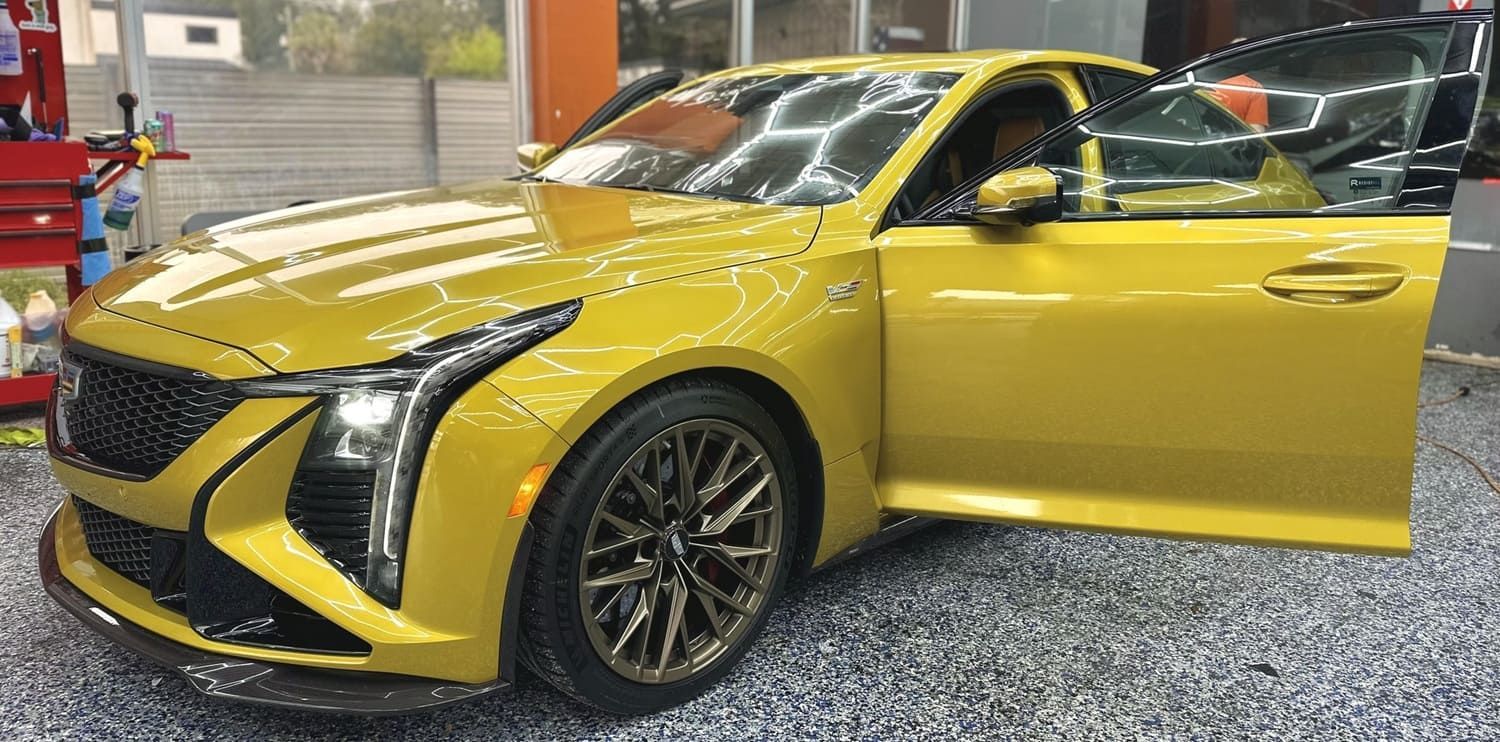
Finding a PPF Installer Near You
When you've decided on the type of PPF that's right for you, the next step is finding a reputable installer. Search for "PPF near me" to locate professionals in your area. Look for reviews and ask for recommendations to ensure you choose someone with the expertise to apply the film correctly. A skilled installer will ensure that the PPF is applied seamlessly, maximizing its protective benefits and aesthetic appeal.
Conclusion
Choosing between full and partial Paint Protection Film (PPF) coverage depends on your budget, driving environment, and personal preferences. At Solar Shade Window Tint, your best PPF installers serving Jacksonville, FL; Lake City, FL; and Savannah, GA, we help you make the right choice to protect your vehicle with precision and care.
Both full and partial PPF options offer significant protection from road debris, rock chips, and environmental damage. The key is understanding the benefits and trade-offs of each—full coverage offers comprehensive protection, while partial wraps focus on the most vulnerable areas.
Contact Solar Shade Window Tint today for your free estimate and expert guidance on the best PPF coverage for your needs.
Ultimately, investing in PPF is a smart move to preserve your vehicle’s beauty, value, and finish for years to come—whether you drive daily or own a luxury weekend ride.
FAQ: Full vs. Partial Paint Protection Film (PPF) – What’s Right for Your Car?
What’s the difference between full and partial PPF coverage?
- Full PPF: Covers the entire exterior of the vehicle for maximum protection.
- Partial PPF: Protects high-impact areas like the front bumper, hood, fenders, mirrors, and headlights.
What are the advantages of full-body PPF?
- Complete protection against scratches, chips, and environmental damage.
- Preserves resale value by maintaining factory paint across the entire vehicle.
- Ideal for high-end, exotic, or new vehicles that demand full preservation.
When is partial PPF a smart choice?
- Great for daily drivers or budget-conscious owners.
- Shields the most vulnerable areas from rock chips and debris.
- Offers strong protection at a lower cost than full-body coverage.
How do I decide between full and partial PPF?
Consider:
- Your budget
- Driving habits (highway vs. city)
- Vehicle type and value
- How long you plan to keep the car
Will full PPF change the look of my car?
Not at all. Professionally installed PPF is virtually invisible and available in both gloss and matte finishes to suit your vehicle’s style.
Can I upgrade from partial to full PPF later?
Yes. Many owners start with partial coverage and add more as needed. Be sure to work with a shop that offers upgrade options and matches film types.
Where can I get expert PPF installation for my car?
At Solar Shade Window Tint, we offer both full and partial PPF packages tailored to your car and your budget. Contact us today for professional installation and a free estimate!
